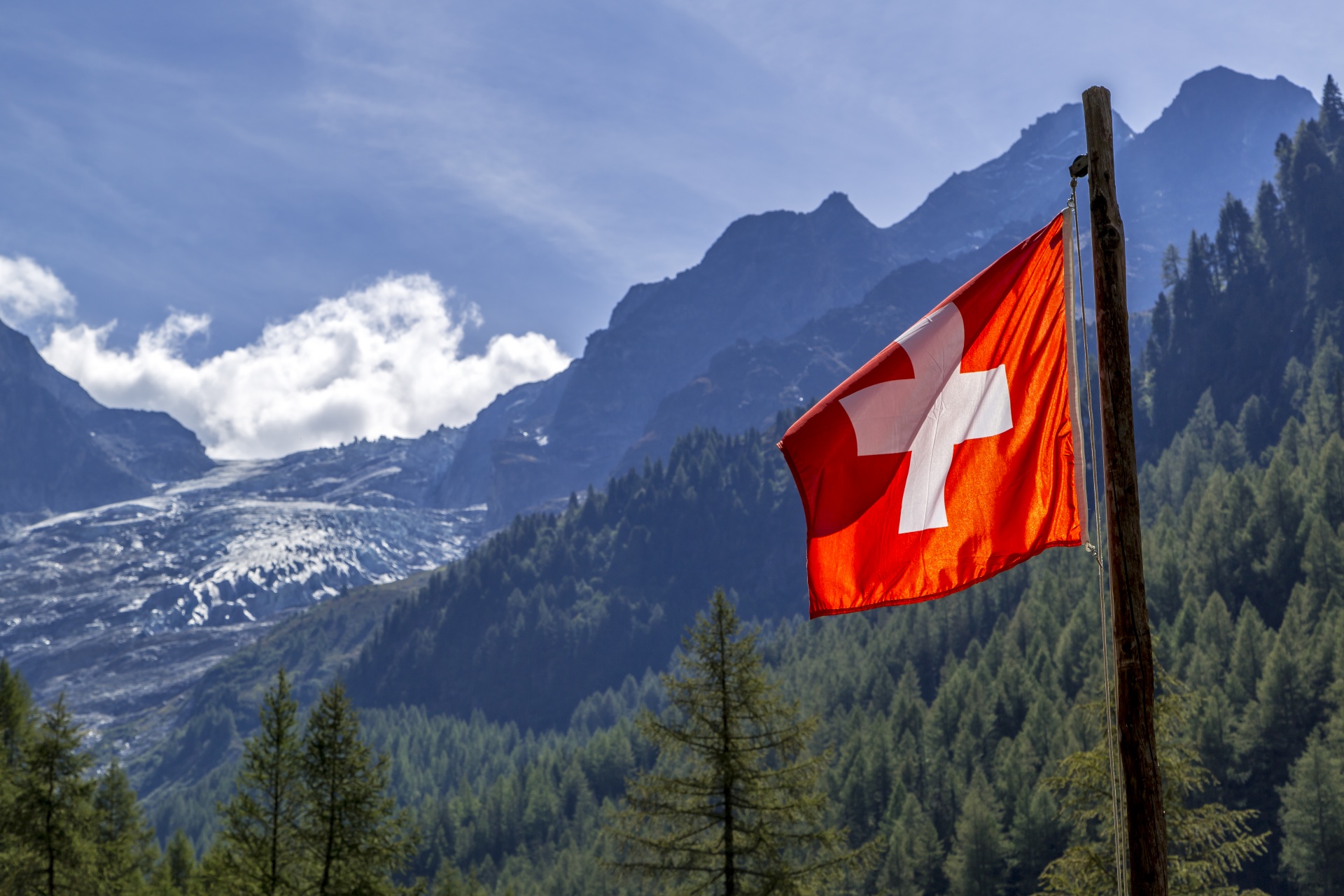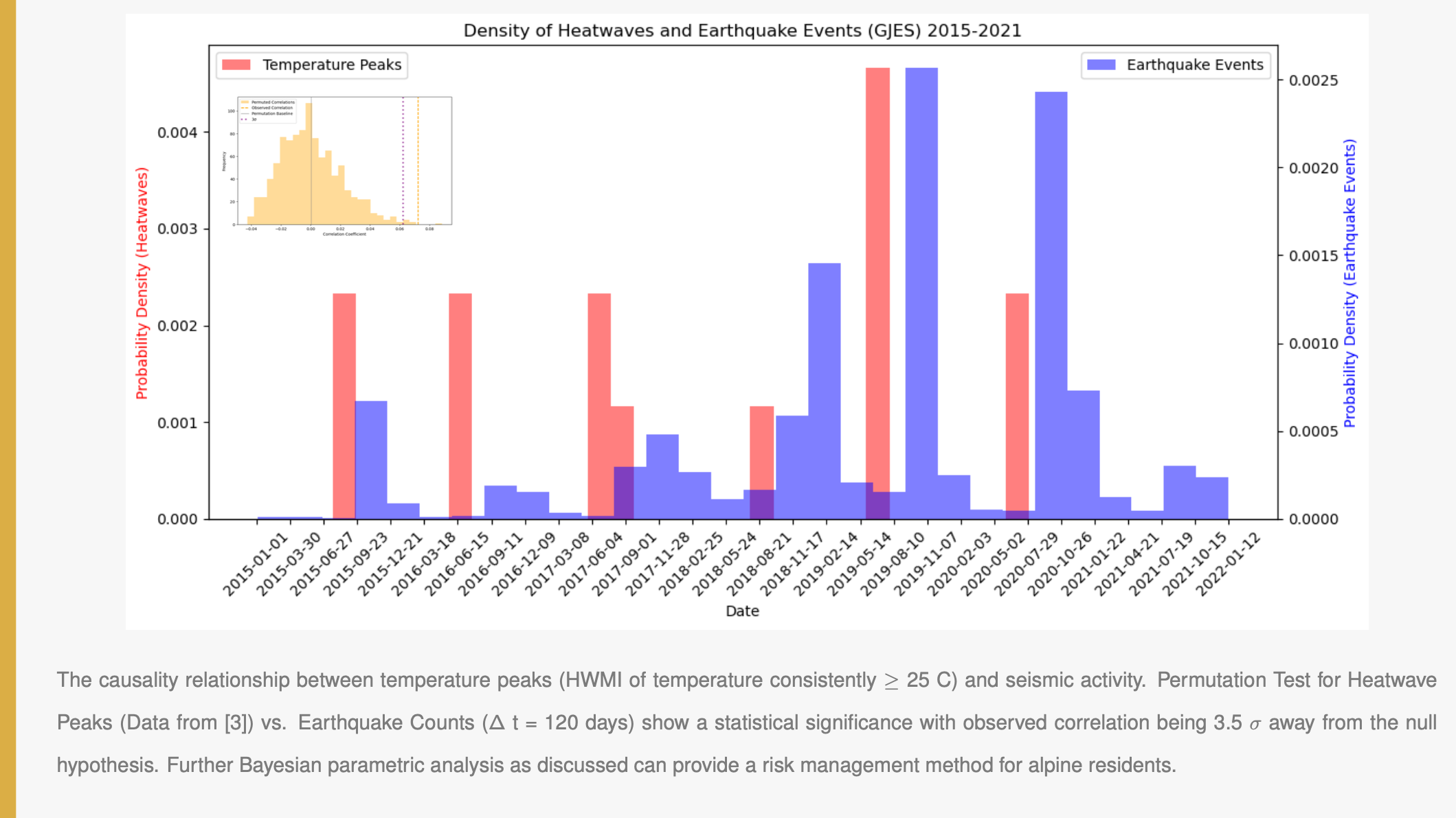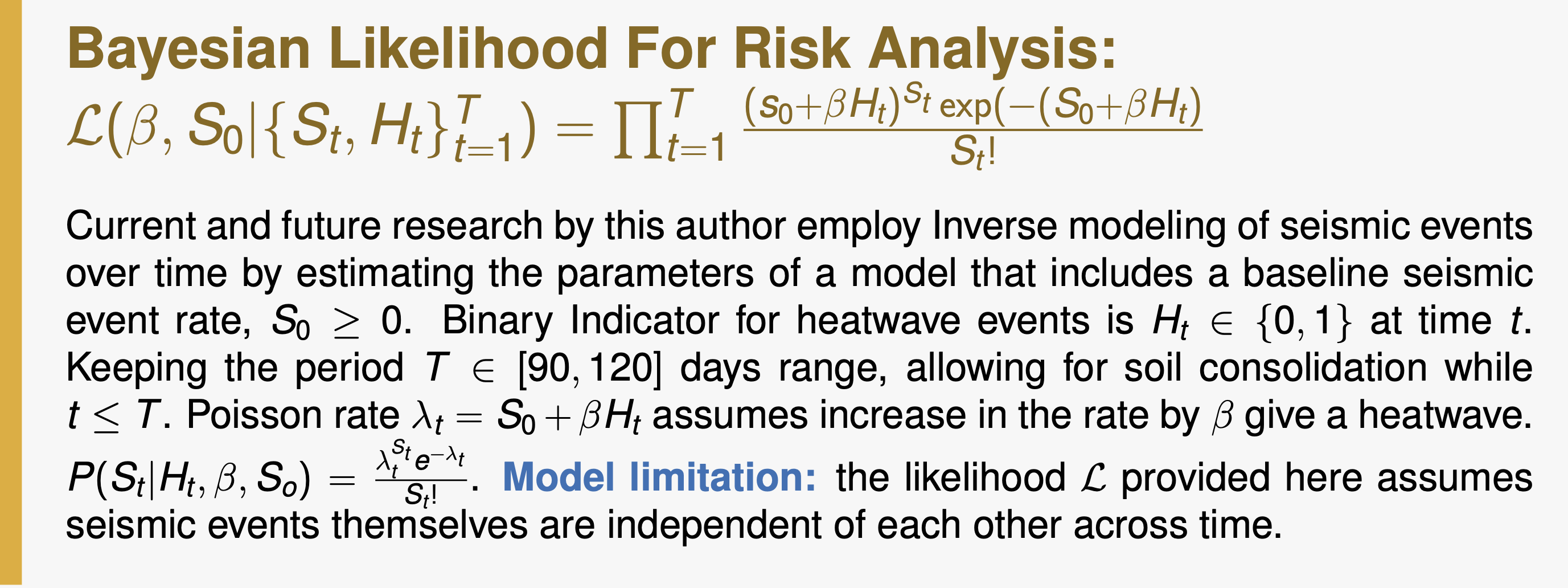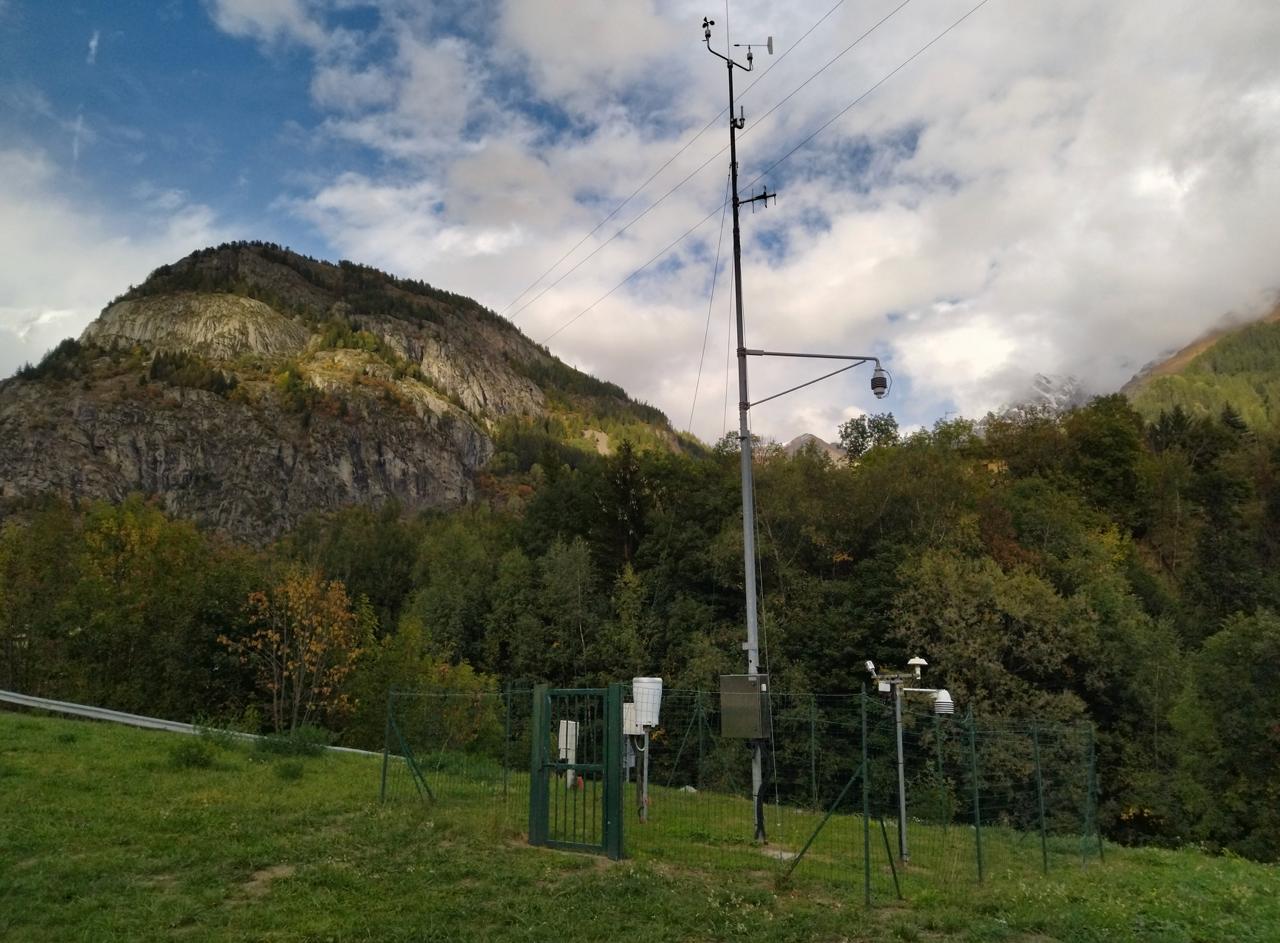Evidence Of Climate Change Induced Seismicity, Verified at Scripps
Melting Glaciers and Heatwaves Linked to Rising Seismic Activity in Alpine Regions

LA JOLLA, CA – Researchers from the Scripps Institution of Oceanography have verified a link between climate change and seismic activity. Rising global temperatures, driven by climate change, are triggering micro-earthquakes in alpine regions, as melting glaciers exert hydraulic pressure on the Earth's crust, according to new findings presented at the 11th SIO Research Symposium on September 24, 2025.
The research, led by Scripps alumnus Reza Rahemi, builds on studies from ETH Zürich, which first noted increased microseismicity in alpine regions since 2015. The Scripps study independently verified that heatwaves—prolonged periods of extreme heat exacerbated by climate change, correlate with seismic events, typically occurring 90 to 120 days later. This delay is attributed to processes like soil consolidation and the gradual buildup of hydraulic pressure from meltwater in glacial systems.
“The geosphere is more dynamic than we once thought,” Rahemi said. “As glaciers melt under intense heat, the resulting meltwater exerts pressure on fault lines, triggering microseismic events. Our data shows a clear pattern, with a 3σ significance level within a 95% confidence interval, confirming a strong causal link.”
The study highlights the growing frequency and intensity of heatwaves. These heatwaves are driven by high-pressure systems. In alpine and arctic regions, these events are reshaping the landscape and posing new risks to communities. The findings have significant implications for urban planning and disaster preparedness, as researchers advocate for advanced risk analysis models to mitigate potential impacts.

To quantify these risks, the Scripps study developed a Bayesian model to assess the likelihood of seismic events following heatwaves. This model integrates data from meteorological stations, such as those in Italy’s Valle d’Aosta region, which confirm the occurrence of heatwaves driving glacial melt. The research also draws on seismic data from the Swiss Seismological Service and France’s Réseau Sismologique et Géodésique Français, providing a robust dataset for analysis.
“This is a wake-up call,” said a co-researcher atc ClimateCheck Group. “Climate change isn’t just about rising sea levels or extreme weather—it’s reshaping the Earth’s crust in ways we’re only beginning to understand. Policymakers need to act on these findings to protect vulnerable communities.”
The study underscores the urgent need for interdisciplinary approaches to address the cascading effects of climate change. As global temperatures continue to rise, researchers warn that seismic risks could extend beyond alpine regions, potentially affecting other glaciated areas like the Arctic. The Scripps team is now collaborating with international partners to expand their research and develop predictive tools for at-risk regions.


The findings were presented at the 11th SIO Research Symposium, where Rahemi called for increased investment in climate-resilient infrastructure. “By integrating seismic risk into urban planning, we can better protect communities in vulnerable regions,” he said. The research is part of Scripps’ broader mission to advance our understanding of climate change’s far-reaching impacts.